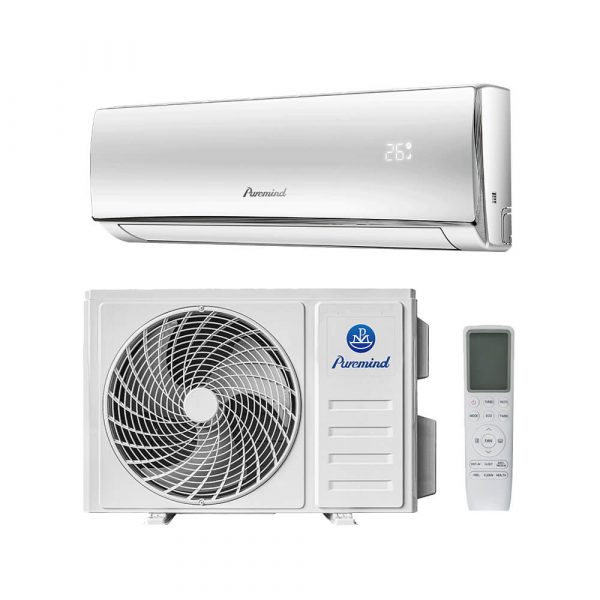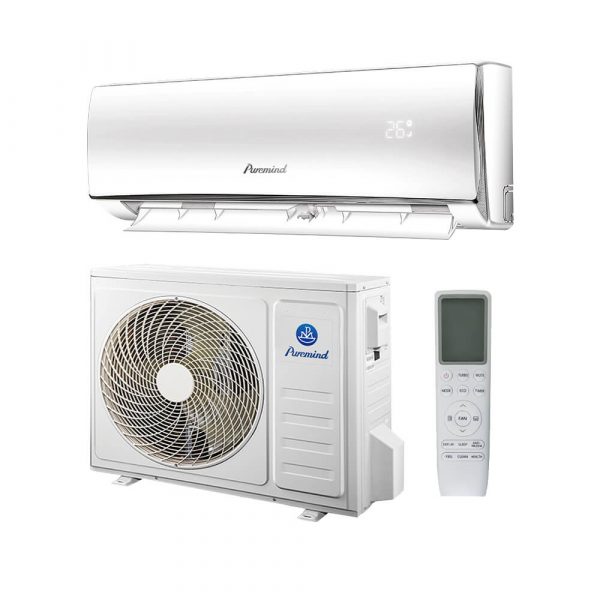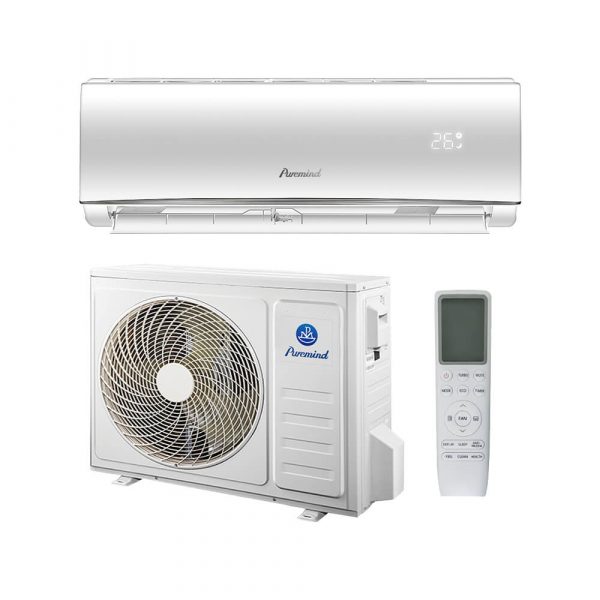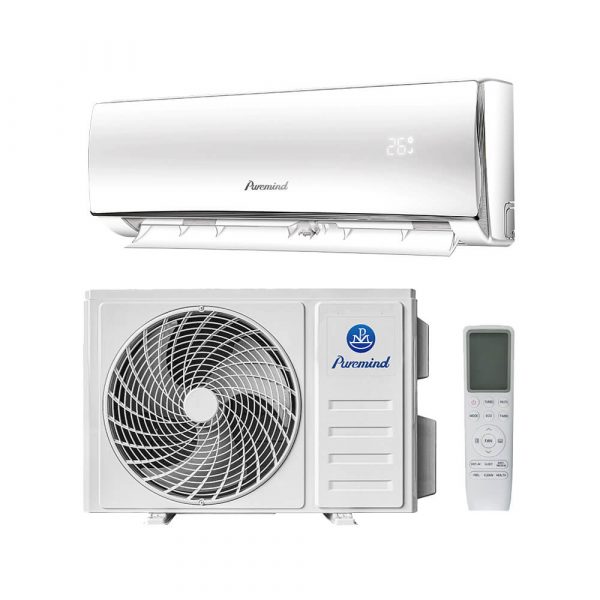4 Ton Split Air Conditioner: Ideal Cooling for Large Spaces
When it comes to cooling large homes or commercial buildings, the 4 ton split air conditioner stands out as a powerful and energy-efficient solution. With a capacity of 48,000 BTUs, this system is designed to handle sizable areas while offering flexibility, quiet operation, and modern features. In this article, we’ll explore what makes the 4 ton split AC a top choice for large-scale climate control.
What Does “4 Ton” Mean in Air Conditioning?
The term “4 ton” refers to the unit’s cooling capacity, not its weight. In HVAC, one ton equals 12,000 BTUs (British Thermal Units) per hour. Therefore, a 4 ton air conditioner delivers 48,000 BTUs of cooling power per hour — enough to cool spaces between 2,000 to 2,800 square feet, depending on insulation, layout, and local climate.
How Does a Split Air Conditioner Work?
Split systems consist of two main components: an indoor unit (air handler or evaporator) and an outdoor unit (compressor and condenser). These two parts are connected by refrigerant lines. Unlike window units or portable air conditioners, split systems offer better efficiency, quieter operation, and more comprehensive coverage — making them ideal for both residential and light commercial applications.
Why Choose a 4 Ton Split Air Conditioner?
There are several advantages to choosing a 4 ton system, especially for large buildings or high-demand cooling environments:
- High Cooling Capacity: Perfect for multi-room homes, open-plan living spaces, or commercial areas such as restaurants, retail stores, or offices.
- Efficient Zoning Options: Many systems can be configured to deliver targeted cooling to different zones.
- Improved Air Quality: Built-in filters and airflow control help reduce allergens, dust, and indoor humidity.
- Energy Efficiency: Models with high SEER ratings and inverter compressors offer cost-effective operation and environmental benefits.
Who Needs a 4 Ton System?
The 4 ton split air conditioner is suitable for:
- Large single-family homes (2,200–2,800 sq ft)
- Duplexes or multi-family buildings
- Commercial buildings (e.g., retail spaces, restaurants, clinics)
- Event venues or public halls
Before purchasing, it’s recommended to have a professional HVAC technician perform a Manual J load calculation to determine the appropriate capacity for your specific space.
Energy Efficiency: What to Look For
When shopping for a 4 ton unit, prioritize systems with high SEER (Seasonal Energy Efficiency Ratio) and EER (Energy Efficiency Ratio) ratings. Look for features like:
- Inverter Technology: Allows variable-speed operation, resulting in quieter and more efficient cooling.
- Eco-friendly Refrigerant: Modern systems use R-410A or R-32, which are less harmful to the environment.
- Smart Thermostat Integration: Enables remote control, scheduling, and energy monitoring via Wi-Fi.
Installation Considerations
Installing a 4 ton split system is more complex than smaller systems, so professional installation is essential. Key factors include:
- Proper Sizing of Line Sets: Larger capacity systems require appropriate refrigerant piping to avoid inefficiencies.
- Ductwork: Ensure the existing ductwork is compatible or consider a ductless configuration if needed.
- Power Supply: These units usually require a 208/230V circuit with sufficient amperage.
- Drainage and Ventilation: Effective condensate drainage and airflow planning are critical.
Maintenance Tips for Longevity
To keep your 4 ton split air conditioner operating at peak performance, follow these routine maintenance practices:
- Clean or replace filters every 1–2 months
- Schedule annual coil and refrigerant inspections
- Check and clean outdoor unit fins
- Ensure unobstructed airflow around both units
- Use a surge protector to prevent electrical damage
Typical Costs and ROI
Here’s a general idea of what you might spend:
- Unit cost: $2,500 – $5,000 depending on brand, SEER rating, and features
- Installation: $2,000 – $4,000 based on complexity, labor rates, and location
Though the upfront cost is higher than smaller systems, the investment pays off in energy savings, increased property value, and long-term comfort.
Where to Buy a 4 Ton Split Air Conditioner
If you’re ready to explore top-rated and competitively priced systems, consider shopping from trusted manufacturers. Puremind offers a wide range of high-performance split air conditioners ideal for residential and commercial use.
Frequently Asked Questions
Q: Can I use a 4 ton split air conditioner in a two-story house?
Yes, provided that the total square footage falls within the cooling capacity range and proper zoning is applied.
Q: How noisy is a 4 ton split system?
With inverter technology and outdoor compressor placement, most systems operate quietly indoors, around 40–50 dB.
Q: Can it also heat?
Many 4 ton split systems come with heat pump functionality, allowing for year-round climate control.
Q: How long does it last?
With proper care, a high-quality 4 ton system can last 12 to 20 years or longer.
Final Thoughts
The 4 ton split air conditioner is a reliable and robust solution for those who need powerful cooling in larger residential or commercial environments. With smart features, high efficiency, and quiet operation, it delivers comfort without compromise. Whether you’re upgrading your home system or outfitting a business, choosing the right 4 ton unit can significantly enhance your climate control experience.
Looking for a trusted supplier? Explore Puremind’s selection of 4 ton split air conditioners and get factory-direct quality at competitive prices.







